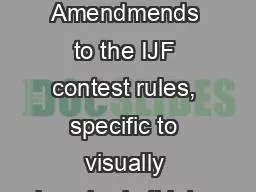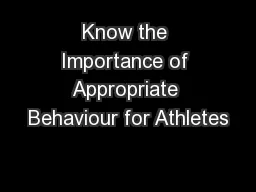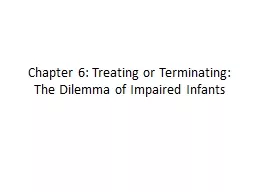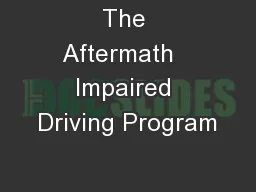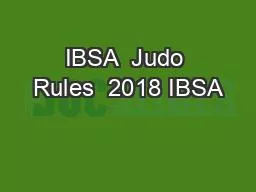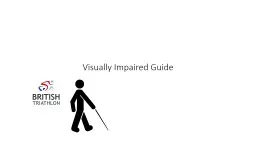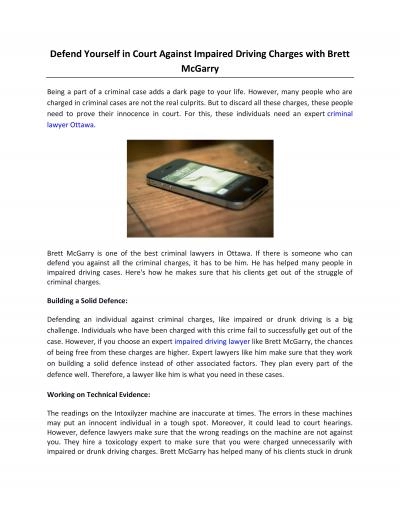PPT-IBSA Rules 2017 IBSA Amendmends to the IJF contest rules, specific to visually impaired
Author : finestlaxr | Published Date : 2020-10-22
01022017 Stand The dimension of the competition area will be the maximum as described by IJF 10 x10 with a 3m security and 4 m when 2 competition areas adjoin
Presentation Embed Code
Download Presentation
Download Presentation The PPT/PDF document "IBSA Rules 2017 IBSA Amendmends to the I..." is the property of its rightful owner. Permission is granted to download and print the materials on this website for personal, non-commercial use only, and to display it on your personal computer provided you do not modify the materials and that you retain all copyright notices contained in the materials. By downloading content from our website, you accept the terms of this agreement.
IBSA Rules 2017 IBSA Amendmends to the IJF contest rules, specific to visually impaired: Transcript
Download Rules Of Document
"IBSA Rules 2017 IBSA Amendmends to the IJF contest rules, specific to visually impaired"The content belongs to its owner. You may download and print it for personal use, without modification, and keep all copyright notices. By downloading, you agree to these terms.
Related Documents

